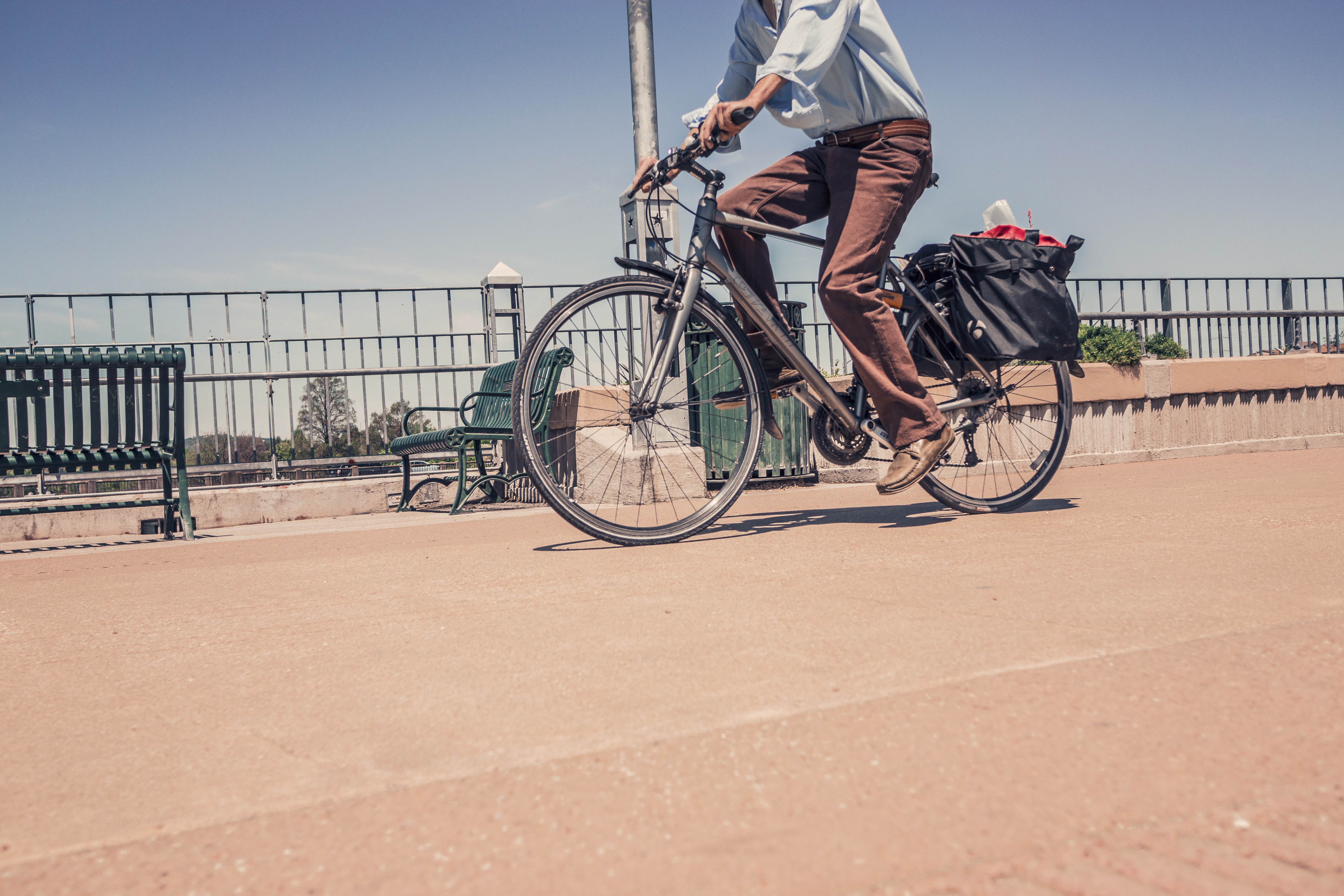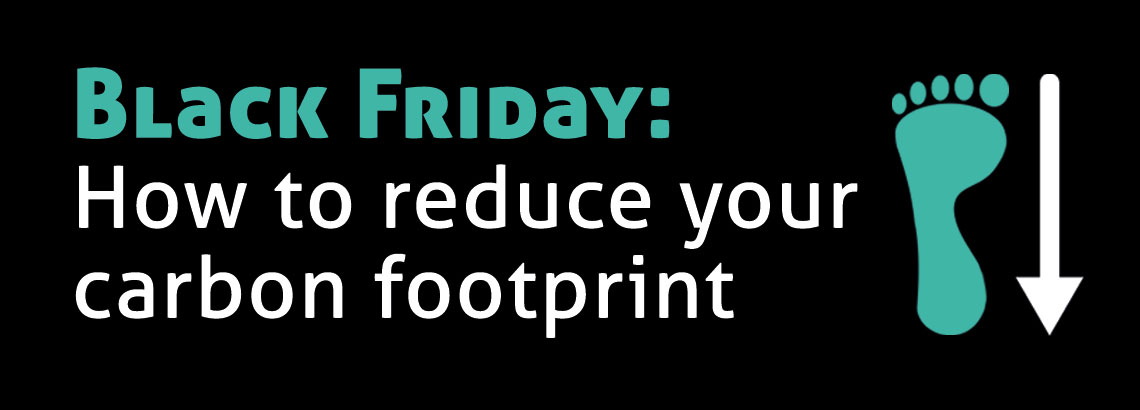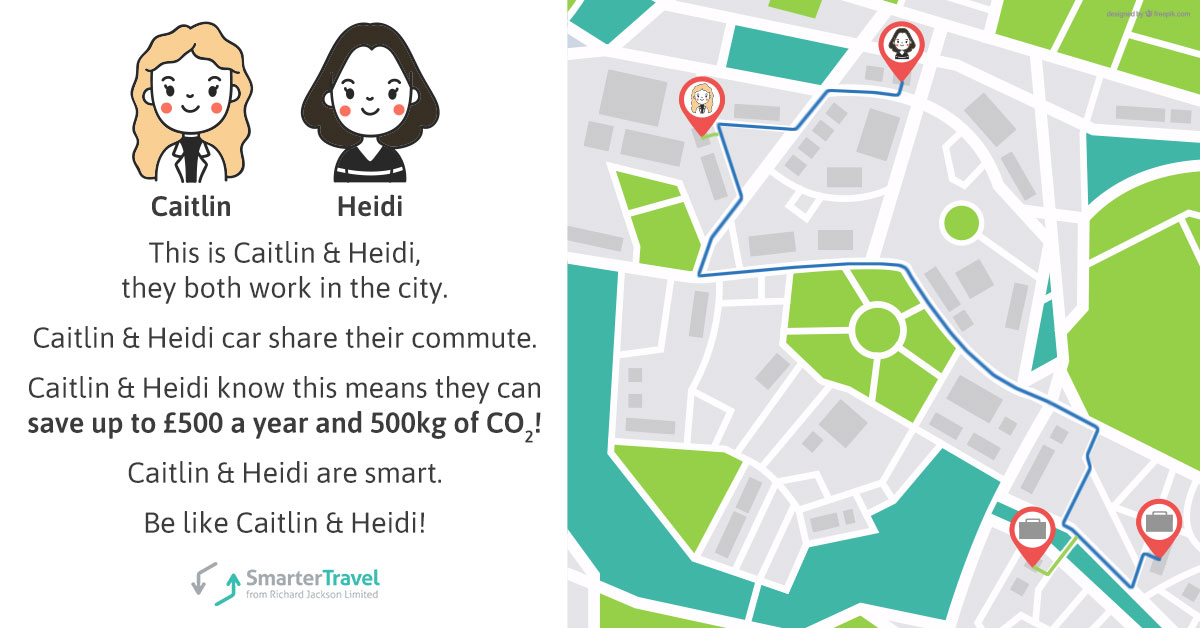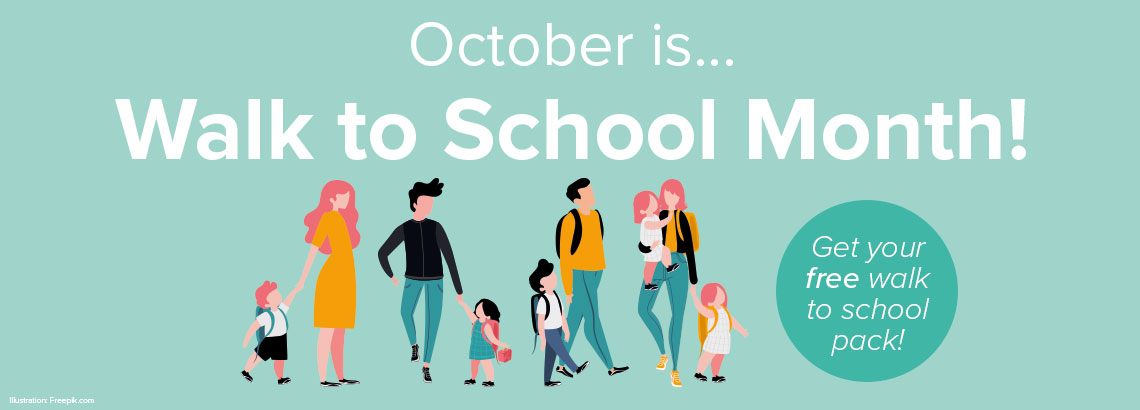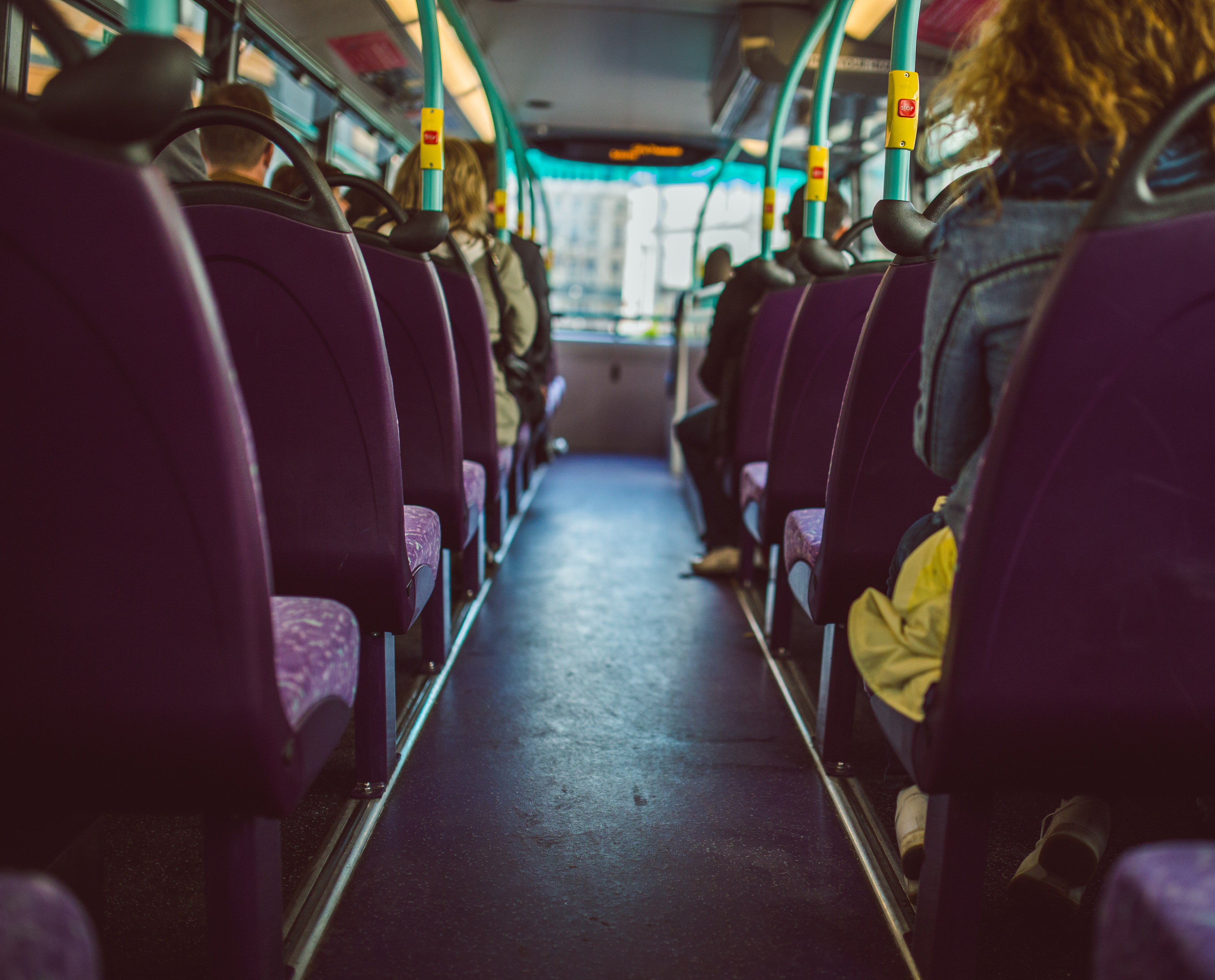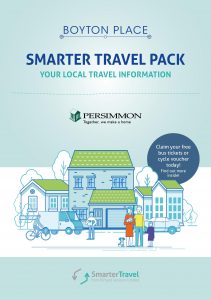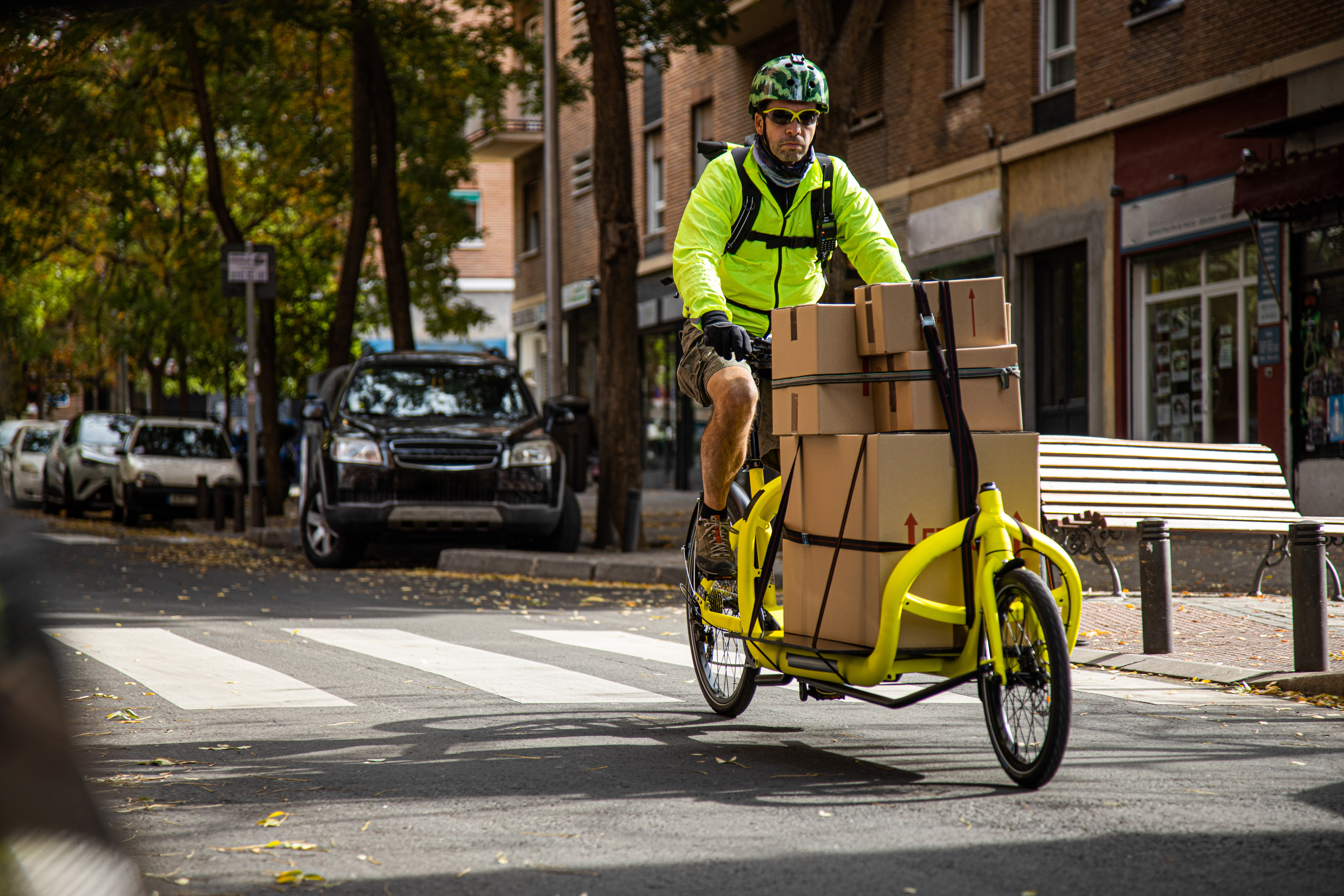
What are cargo bikes?
Some may have heard the phrase thrown around and for some, this is a completely new subject, but cargo bikes have the potential to revolutionise transportation and be the best new mode of transport to fight climate change.
Cargo refers to the haulage of goods from one place to another, so quite simply a cargo bike is one that is designed, built, and strengthened specifically to carry goods/items: serving as an environmentally friendly substitute for cars, vans, and even lorries!
Cargo bikes have been around for longer than you think, new to some and not properly utilised; perhaps ignored once the motorised vehicle took off.
Demand for cargo and e-cargo bikes has grown significantly within the last few years, especially with the pandemic which has changed people’s attitudes and day-to-day lives. Around 2,000 cargo bikes were sold in the UK for commercial use in 2020 which has continued to increase tenfold in 2022 due to the increased urgency on climate change and agreements to reach net zero.
You also have the option to go up a price bracket to an e-cargo bike; these aren’t fitted with a throttle of any sort; you still have to pedal! The electric element is there to merely assist with the peddling, therefore taking the stress off the legs which allows the rider to go for longer and ride inclines with relative ease.
The cargo bike range has grown due to the rise in popularity, now transitioning more so to e-cargo bikes, but the luxury comes with added expense. However, in comparison to the costs of buying and running a car or van, e-cargo bikes are still sold at a much lower price, are more sustainable, and present a huge opportunity for UK retailers.
Who uses them?
Due to the vast range of cargo bikes available now, there are options available for all purposes; anyone can use them.


Companies have been transitioning to cargo bikes as an alternative for vans and cars, as they can and are being used for delivering everything and anything: post, food, and even people. For example, Pedal Me is a cargo bike delivery service based in London which has gained popularity over recent years with its team of trained delivery drivers. With detachable trailers and a cargo max load of 150kg, they are showing that bikes could be the way forward to combat congestion and CO2 emissions. The company also gained publicity when they were able to transport vulnerable people around during the pandemic; when public transport poses a risk, a bike taxi provides the perfect solution; and is likely to get you there quicker too!
It’s fair to say that the use of cargo bikes is possibly easier and more accessible in densely populated areas such as cities; especially for deliveries, as they can provide the last stint of the delivery with relative ease. However, the transition to e-cargo bikes provides a much easier, less strenuous journey for the rider, with some e-cargo bikes boasting a range of up to 60 miles, making journeys in the countryside a smaller issue.
Where can I get one and how much will it cost?
Cargo bike is a broad term as there are so many different options available to suit your needs, which also makes them vary in price. Regular cargo bikes with no electric assist can price upwards of £900 new and when given the electric assist some will tip over the £1500 mark, which is more than most regular bikes; but perhaps an essential addition in particular situations than to the regular cargo bike. So, is it worth it?
The added electric assist will push the range up to several thousands of pounds, a large investment for those that are not using the bike frequently or for business purposes. Although the prices hike up with this added luxury, and therefore this isn’t for everyone; we’re certain you’ll be thankful for the electric assist when the load gets heavy, you’re faced with steep inclines and loaded up with two children, their stuff, and the weekly shop.
In summary of the initial cost of an e-bike: they’re more expensive than most bikes, but when evaluated as a replacement for a car or a van, etc; the cost is considerably lower. It’s a one-off payment with no running fees which can provide the same use as a car and even more.


Why you should consider one…
It’s a unique selling point that stands out to customers and to the competition, putting you in the spotlight for making a difference and contributing to the net-zero goal. By replacing vans/cars with cargo bikes you will be able to avoid several tonnes of CO2 each day and reduce the costs for your business.
For leisure use of a cargo bike, it’s another great investment. It can provide all the positive effects that a regular bike provides plus the added extras of being generally practical and a great substitute to your typical modes of transportation. It can provide a cheaper and more sustainable alternative to a second car; emitting approximately 0kg of CO2 and once you’ve paid the initial investment, its costs approximately £0 to run.
We understand that this can be a large investment for something you’re perhaps uncertain about, but to put your mind at ease, you can visit a Babboe store to test ride. Who knows, this could completely replace your car!



